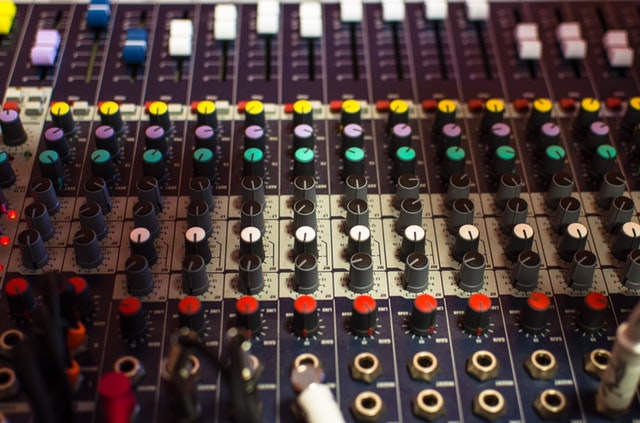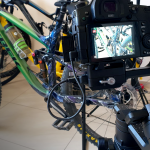Step Five, EQ. Equalisation is NOT a magic bullet. You cannot fix a bad backing track or any of the other steps using an EQ but you can improve things slightly. Before applying EQ it is important to understand that just as you can clip volume, you can also clip frequencies. So if you turn your low or mid frequency too high, the sound will distort just as if you turned up the gain too loud. The real trick here is using EQ as little as possible. You need to sit down and really listen to your mix to identify which frequency needs to be tamed and which frequency needs a bit of a boost.

Most Mixers have a simple low,mid,high EQ. Some allow you to choose the mid frequency and the more complex digital mixers usually have a full band EQ as well as low and high shelf. This becomes a bit more complex then the scope of this article but if you need more tips on EQ, leave a comment and I will help 😉
Step Six, vocals over backing tracks. Chances are you will be singing or even playing an instrument along with your backing track. Most singers try and turn their microphone up as high as possible so that they can be heard through the mix but this will make the vocals sound way out of the mix and give your audience a “karaoke” feel.
The key here are trimming the right frequencies to avoid them clashing with the backing track. Now you will only be able to apply this if you have a mixer with a proper EQ or Low/High Shelf. If so try and cut out frequencies that clash with the Bass Guitar by applying a 100 to 120 HZ trim.





